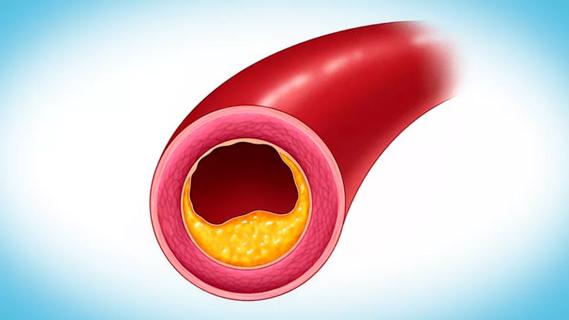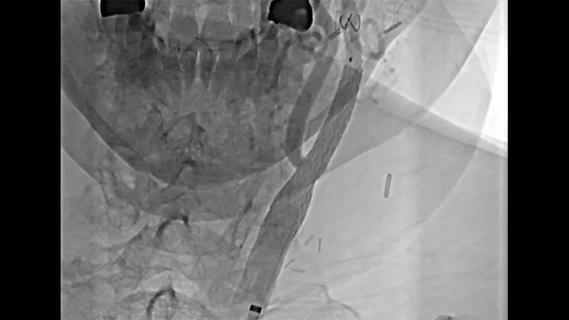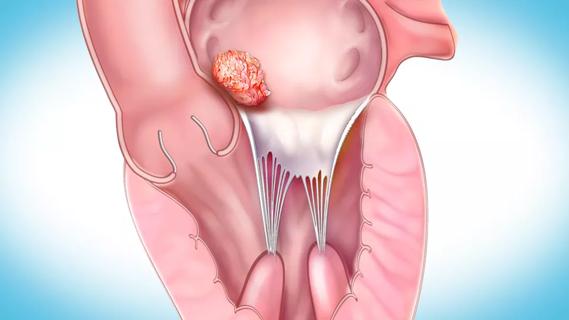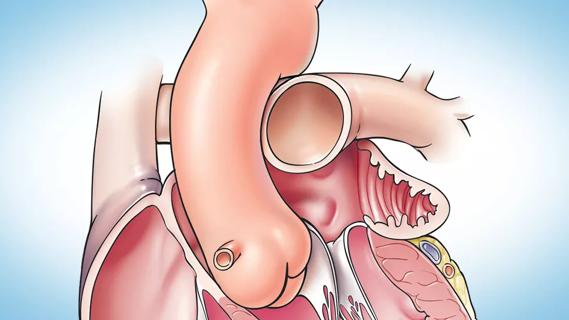Study examines nurse and patient factors affecting care

Work on one research project often leads to questions that formulate the basis for another study. That’s what happened to Myra Cook, MSN, RN, ACNS-BC, CCRN-CSC, and Laura Idzior, MBA, BSN, RN, CCRN, after teaming with physician colleagues from Cleveland Clinic’s cardiovascular ICU on a study to assess patency and clogging of chest tubes, the results of which were published in the European Journal of Cardio-Thoracic Surgery in March 2013. That study aroused Cook’s and Idzior’s curiosity about the time nurses spend on chest tube care.
Cleveland Clinic is a non-profit academic medical center. Advertising on our site helps support our mission. We do not endorse non-Cleveland Clinic products or services. Policy
“We believed that nurses spent quite a bit of time managing chest tubes for patients post cardiac surgery to reduce the incidence of tamponade,” says Cook, a clinical nurse specialist in Cleveland Clinic’s cardiovascular ICU (CVICU) and heart and lung transplant step-down unit. “I think it’s important that we capture that time.”
Cook served as the principal investigator on a 2013-2014 study to determine nurse characteristics and patient factors that affect nurses’ time in managing chest tubes in the first 24 hours of postoperative CVICU care. The study was guided by four primary questions:
The study used a prospective, single-center, descriptive design and two cohorts – nurses caring for patients after heart surgery and patients who had heart surgery and received treatment in the CVICU. It was conducted in one of Cleveland Clinic’s six CVICUs. Nurses enrolled in the study worked primarily on the CVICU, had completed hospital orientation prior to the study start up and routinely managed postoperative heart surgery patients in the first 24 hours of admission. For patients, inclusion criteria were admittance to the CVICU and a minimum of one mediastinal chest tube.
Cook partnered with Idzior, nurse manager of the CVICU and study coordinator for the research project, to collect data. They created two case report forms – one for nurses’ perceptions and one related to patient factors – to gather information. Nancy Albert, PhD, CCNS, CHFN, CCRN, NE-BC, FAHA, FCCM, FAAN, Associate Chief Nursing Officer for Research and Innovation, served as the research mentor for the study.
The nursing form contained content on nurse characteristics, such as age, gender and length of time as an RN in general and on the unit. Nurses also were asked to rate their general level of comfort in managing chest tubes in relation to five factors:
The patient data collection form included information on the total number, size and location of chest tubes and provided space for nurses to record the number of minutes in four-hour increments that they spent on chest tube and related activities, including time spent keeping chest tubes patent and assessing improper chest tube drainage.
Twenty-nine registered nurses and 364 patients participated in the study. Overall, nurses spent 7 minutes managing chest tubes during the first four hours of postoperative care and 28.7 minutes in the first 24 hours. Further, nurse comfort with chest tubes was associated with time spent on chest tube management. Nurses who indicated they were not comfortable at managing chest tubes spent significantly more time managing them compared to those who were comfortable.
In addition, the study found that nurses spend more time managing chest tubes in the following scenarios:
Cook believes the results of the study can help CVICU leaders to develop nurse education that optimizes chest tube management and can help charge nurses plan assignments by considering nurse comfort with chest tube management.
“The study captures an element of what nurses do and the impact they have on managing chest tubes after cardiac surgery,” she says. “The results can inform practice and raise attention about the impact nurses have when they are comfortable dealing with chest tubes, especially early after surgery when drainage issues and patient factors increase workload and decision making.”
Cook and Idzior are finalizing a manuscript for publication in a peer-reviewed journal and disseminated findings at the American Association of Critical Care Nurses, National Teaching Institute & Critical Care Exposition in San Diego in May 2015, where they earned the Research Abstract Award.

Cleveland Clinic series supports re-repair as a favored option regardless of failure timing

Cleveland Clinic study points to need for new strategies to curb addiction relapse

Tech-assisted self-selection concurred with clinician-assessed eligibility in >90% of cases

Support for a TAVR-first approach in patients with concurrent valve and coronary disease

Logistic feasibility supported for treating obstructive HCM under the REMS program

Insights from the Cleveland Clinic experience and a multispecialty alliance

Recurrences were rare and survival robust in large Cleveland Clinic study

Concomitant AF ablation and LAA occlusion strongly endorsed during elective heart surgery